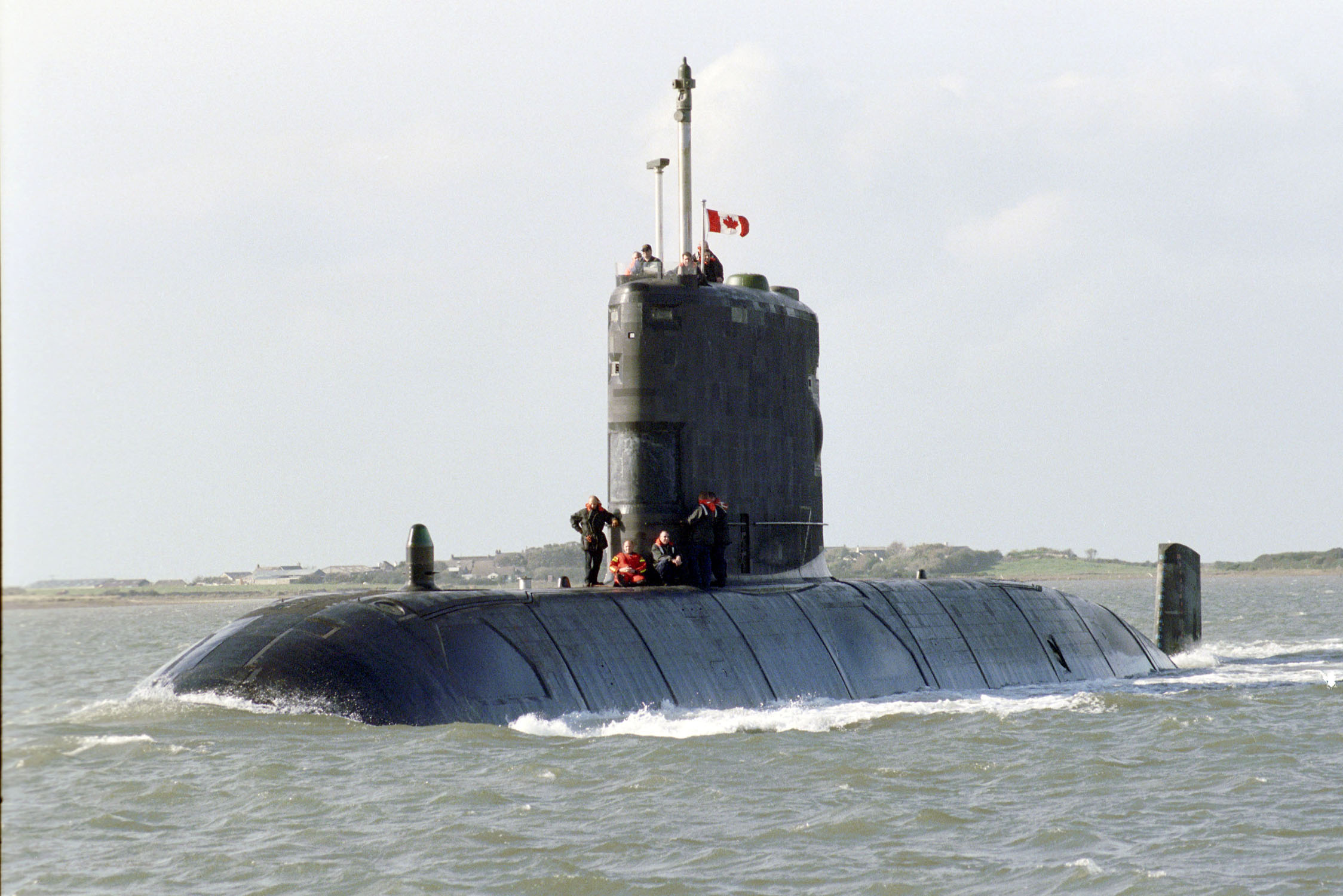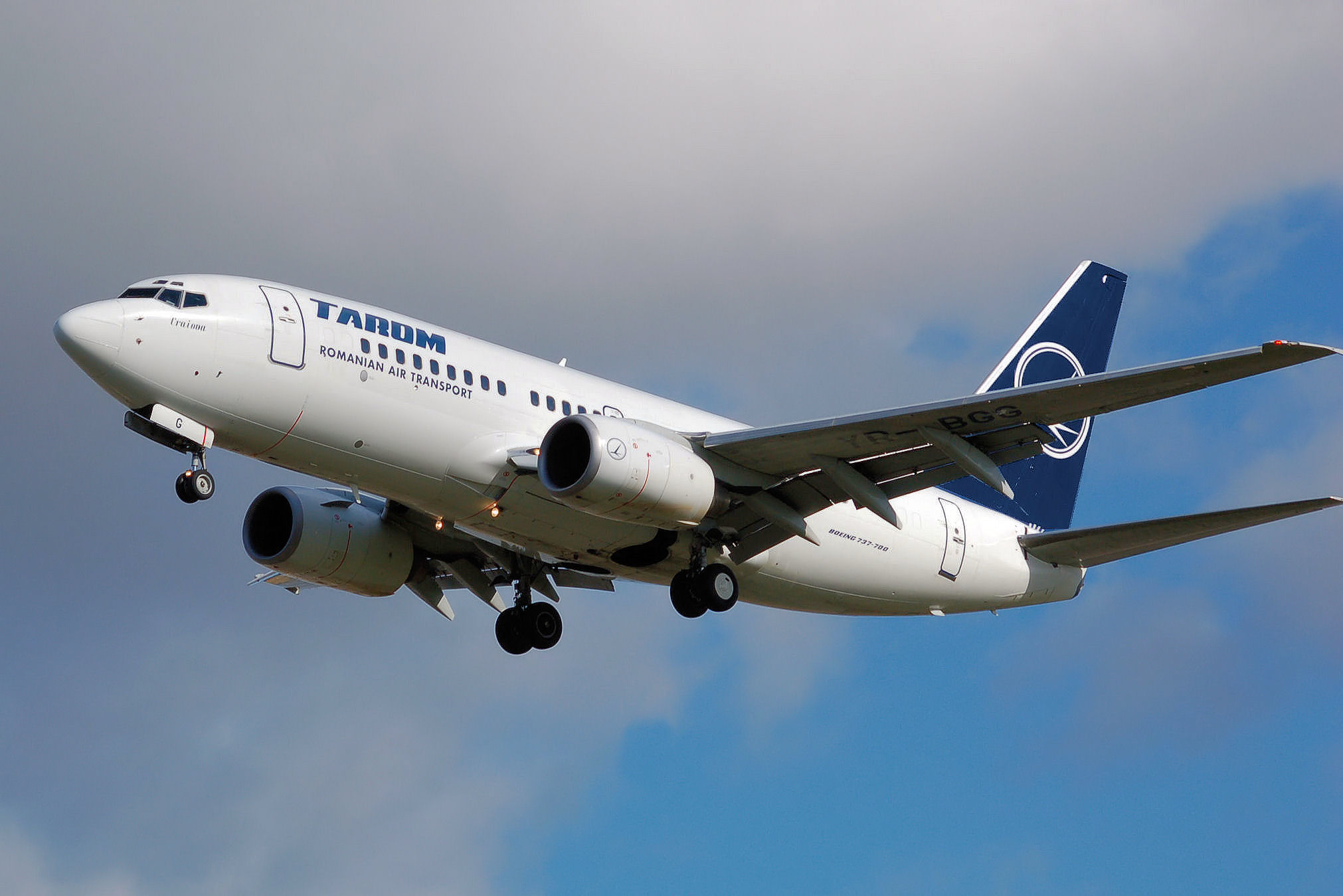|
Moskva-class Helicopter Carrier
The ''Moskva'' class, Soviet designation Project 1123 ''Kondor'' (condor) and ''S-703'' Project 1123M Kiev, was the first class of operational helicopter carriers ( helicopter cruisers in the Soviet classification) built by the Soviet Union for the Soviet Navy.Jordan, John, 'Soviet Warships 1945 to Present', Revised & Expanded Edition, , Published by Arms & Armour Press (London, UK), 1992 These ships were laid down at Nikolayev South (Shipyard No.444). The lead vessel was launched in 1965 and named (); she entered service two years later. ''Moskva'' was followed by (, which was commissioned in late 1968; there were no further vessels built, reportedly due to the poor handling of the ships in rough seas. Both were conventionally powered. The ''Moskva''s were not true "aircraft carriers" in that they did not carry any fixed-wing aircraft; the air wing was composed entirely of helicopters. They were designed primarily as anti-submarine warfare (ASW) vessels, and her weapons an ... [...More Info...] [...Related Items...] OR: [Wikipedia] [Google] [Baidu] |
Soviet Navy
The Soviet Navy was the naval warfare Military, uniform service branch of the Soviet Armed Forces. Often referred to as the Red Fleet, the Soviet Navy made up a large part of the Soviet Union's strategic planning in the event of a conflict with the opposing superpower, the United States, during the Cold War (1945–1991). The Soviet Navy played a large role during the Cold War, either confronting the North Atlantic Treaty Organization in western Europe or power projection to maintain its Warsaw Pact, sphere of influence in eastern Europe. The Soviet Navy was divided into four major fleets: the Soviet Northern Fleet, Northern, Pacific Fleet (Russia), Pacific, Black Sea Fleet, Black Sea, and Baltic Fleet, Baltic Fleets, in addition to the Leningrad Naval Base, which was commanded separately. It also had a smaller force, the Caspian Flotilla, which operated in the Caspian Sea and was followed by a larger fleet, the 5th Operational Squadron, 5th Squadron, in the Mediterranean Sea. The ... [...More Info...] [...Related Items...] OR: [Wikipedia] [Google] [Baidu] |
Surface-to-air Missile
A surface-to-air missile (SAM), also known as a ground-to-air missile (GTAM) or surface-to-air guided weapon (SAGW), is a missile designed to be launched from the ground or the sea to destroy aircraft or other missiles. It is one type of anti-aircraft warfare, anti-aircraft system; in modern armed forces, missiles have replaced most other forms of dedicated anti-aircraft weapons, with anti-aircraft guns pushed into specialized roles. The first attempt at SAM development took place during World War II, but no operational systems were introduced. Further development in the 1940s and 1950s led to operational systems being introduced by most major forces during the second half of the 1950s. Smaller systems, suitable for close-range work, evolved through the 1960s and 1970s, to modern systems that are man-portable. Shipborne systems followed the evolution of land-based models, starting with long-range weapons and steadily evolving toward smaller designs to provide a layered defence. T ... [...More Info...] [...Related Items...] OR: [Wikipedia] [Google] [Baidu] |
UGM-27 Polaris
The UGM-27 Polaris missile was a two-stage solid-fueled nuclear-armed submarine-launched ballistic missile (SLBM). As the United States Navy's first SLBM, it served from 1961 to 1980. In the mid-1950s the Navy was involved in the Jupiter missile project with the U.S. Army, and had influenced the design by making it squat so it would fit in submarines. However, they had concerns about the use of liquid fuel rockets on board ships, and some consideration was given to a solid fuel version, Jupiter S. In 1956, during an anti-submarine study known as Project Nobska, Edward Teller suggested that very small hydrogen bomb warheads were possible. A crash program to develop a missile suitable for carrying such warheads began as Polaris, launching its first shot less than four years later, in February 1960. As the Polaris missile was fired underwater from a moving platform, it was essentially invulnerable to counterattack. This led the Navy to suggest, starting around 1959, that they ... [...More Info...] [...Related Items...] OR: [Wikipedia] [Google] [Baidu] |
NATO
The North Atlantic Treaty Organization (NATO ; , OTAN), also called the North Atlantic Alliance, is an intergovernmental organization, intergovernmental Transnationalism, transnational military alliance of 32 Member states of NATO, member states—30 European and 2 North American. Established in the aftermath of World War II, the organization implements the North Atlantic Treaty, signed in Washington, D.C., on 4 April 1949. NATO is a collective security system: its independent member states agree to defend each other against attacks by third parties. During the Cold War, NATO operated as a check on the threat posed by the Soviet Union. The alliance remained in place after the dissolution of the Soviet Union and the Warsaw Pact, and has been involved in military operations in the Balkans, the Middle East, South Asia, and Africa. The organization's motto is . The organization's strategic concepts include Deterrence theory, deterrence. NATO headquarters, NATO's main headquarter ... [...More Info...] [...Related Items...] OR: [Wikipedia] [Google] [Baidu] |
Sergey Gorshkov
Sergey Georgyevich Gorshkov (; 26 February 1910 – 13 May 1988) was an admiral of the fleet of the Soviet Union. Twice awarded the title Hero of the Soviet Union, he oversaw the expansion of the Soviet Navy into a global force during the Cold War as its Commander-in-Chief from 1956 to 1985. Early life and prewar service Born in Kamianets-Podilskyi to a Russian family, Gorshkov grew up in Kolomna. After joining the Soviet Navy in 1927, he entered the M.V. Frunze Naval School in Leningrad during October of that year. Gorshkov began his service with the Black Sea Fleet (then known as the Black Sea Naval Forces) upon graduation in November 1931 as a watch officer aboard the destroyer . He quickly became its navigator a month later and in March 1932 transferred to the Pacific Fleet to serve in the same position aboard the minelayer . Promoted to become flagship navigator of the minelaying and minesweeping brigade of the fleet in January 1934, Gorshkov was given command of the ... [...More Info...] [...Related Items...] OR: [Wikipedia] [Google] [Baidu] |
The National Interest
''The National Interest'' (''TNI'') is an American bimonthly international relations magazine edited by American journalist Jacob Heilbrunn and published by the Center for the National Interest, a public policy think tank based in Washington, D.C., that was established by former U.S. President Richard Nixon in 1994 as the Nixon Center for Peace and Freedom. The magazine is associated with the realist school of international studies. History Founded in 1985 by American columnist and neoconservatism advocate Irving Kristol, the magazine was until 2001 edited by Australian academic Owen Harries. In 2001, The National Interest was acquired by The Center for the National Interest, a public policy think tank based in Washington, D.C., that was established by former U.S. President Richard Nixon on January 20, 1994, as the Nixon Center for Peace and Freedom. In 2005, ten editors of ''The National Interest'' resigned due to different viewpoints regarding the magazine's acqu ... [...More Info...] [...Related Items...] OR: [Wikipedia] [Google] [Baidu] |
Attack Submarine
An attack submarine or hunter-killer submarine is a submarine specifically designed for the purpose of attacking and sinking other submarines, surface combatants, and merchant vessels. In the Soviet Navy, Soviet and Russian Navy, Russian navies they were and are called "multi-purpose submarines". They are also used to protect friendly surface combatants and Ballistic missile submarine, missile submarines. Some attack subs are also armed with submarine-launched cruise missile, cruise missiles, increasing the scope of their potential missions to include land targets. Attack submarines may be either nuclear marine propulsion, nuclear-powered or diesel–electric ("conventionally") powered. In the United States Navy hull classification symbol, naming system, and in the equivalent NATO system (STANAG 1166), nuclear-powered attack submarines are known as SSN (hull classification symbol), SSNs and their anti-submarine warfare, anti-submarine (ASW) diesel–electric predecessors are SSK ... [...More Info...] [...Related Items...] OR: [Wikipedia] [Google] [Baidu] |
Bastion (naval)
A bastion in naval strategy is a heavily defended area of water in which friendly naval forces can operate safely. Typically, that area will be partially enclosed by friendly shoreline, defended by naval mines, monitored by sensors, and heavily patrolled by surface, submarine, and air forces. Soviet and Russian naval bastions The bastion became an important strategy for the ballistic missile submarine fleets of the Soviet Union during the Cold War. The Barents Sea was made a bastion for the Soviet Red Banner Northern Fleet, and the Sea of Okhotsk for the Soviet Pacific Fleet, both of which remain important to the Russian Northern Fleet and the Russian Pacific Fleet. The Soviet Union had (and, even more so, Russia now has) limited access to the world's oceans: her northern coast is ice-bound at least the majority of the year, and access to the Atlantic requires transiting the GIUK gap; much of her eastern coast is also ice-bound and requires moderately close approaches to ... [...More Info...] [...Related Items...] OR: [Wikipedia] [Google] [Baidu] |
Ballistic Missile Submarine
A ballistic missile submarine is a submarine capable of deploying submarine-launched ballistic missiles (SLBMs) with nuclear warheads. These submarines became a major weapon system in the Cold War because of their nuclear deterrence capability. They can fire missiles thousands of kilometers from their targets, and acoustic quieting makes them difficult to detect (see acoustic signature), thus making them a survivable deterrent in the event of a first strike and a key element of the mutual assured destruction policy of nuclear deterrence. The deployment of ballistic missile submarines is dominated by the United States, Russia (following the collapse of the Soviet Union) and China. In fact, 70% of nuclear warheads in the USA are carried by ballistic missile submarines.Rafal, A. S. (2021). THE FUTURE OF SUBMARINE WARFARE: NUCLEAR POWERED SUBMARINES ARE THE BEDROCK OF NAVAL WARFARE, OR MAYBE NOT. MS Thesis. Joint Forces Staff College-NDU, Joint Advanced Warfighting School]. ... [...More Info...] [...Related Items...] OR: [Wikipedia] [Google] [Baidu] |
Helicopter
A helicopter is a type of rotorcraft in which Lift (force), lift and thrust are supplied by horizontally spinning Helicopter rotor, rotors. This allows the helicopter to VTOL, take off and land vertically, to hover (helicopter), hover, and to fly forward, backward and laterally. These attributes allow helicopters to be used in congested or isolated areas where fixed-wing aircraft and many forms of short take-off and landing (STOL) or short take-off and vertical landing (STOVL) aircraft cannot perform without a runway. The Focke-Wulf Fw 61 was the first successful, practical, and fully controllable helicopter in 1936, while in 1942, the Sikorsky R-4 became the first helicopter to reach full-scale mass production, production. Starting in 1939 and through 1943, Igor Sikorsky worked on the development of the Vought-Sikorsky VS-300, VS-300, which over four iterations, became the basis for modern helicopters with a single main rotor and a single tail rotor. Although most earlier ... [...More Info...] [...Related Items...] OR: [Wikipedia] [Google] [Baidu] |
Fixed-wing Aircraft
A fixed-wing aircraft is a heavier-than-air aircraft, such as an airplane, which is capable of flight using aerodynamic lift. Fixed-wing aircraft are distinct from rotary-wing aircraft (in which a rotor mounted on a spinning shaft generates lift), and ornithopters (in which the wings oscillate to generate lift). The wings of a fixed-wing aircraft are not necessarily rigid; kites, hang gliders, variable-sweep wing aircraft, and airplanes that use wing morphing are all classified as fixed wing. Gliding fixed-wing aircraft, including free-flying gliders and tethered kites, can use moving air to gain altitude. Powered fixed-wing aircraft (airplanes) that gain forward thrust from an engine include powered paragliders, powered hang gliders and ground effect vehicles. Most fixed-wing aircraft are operated by a pilot, but some are unmanned or controlled remotely or are completely autonomous (no remote pilot). History Kites Kites were used approximately 2,800 years ago ... [...More Info...] [...Related Items...] OR: [Wikipedia] [Google] [Baidu] |








